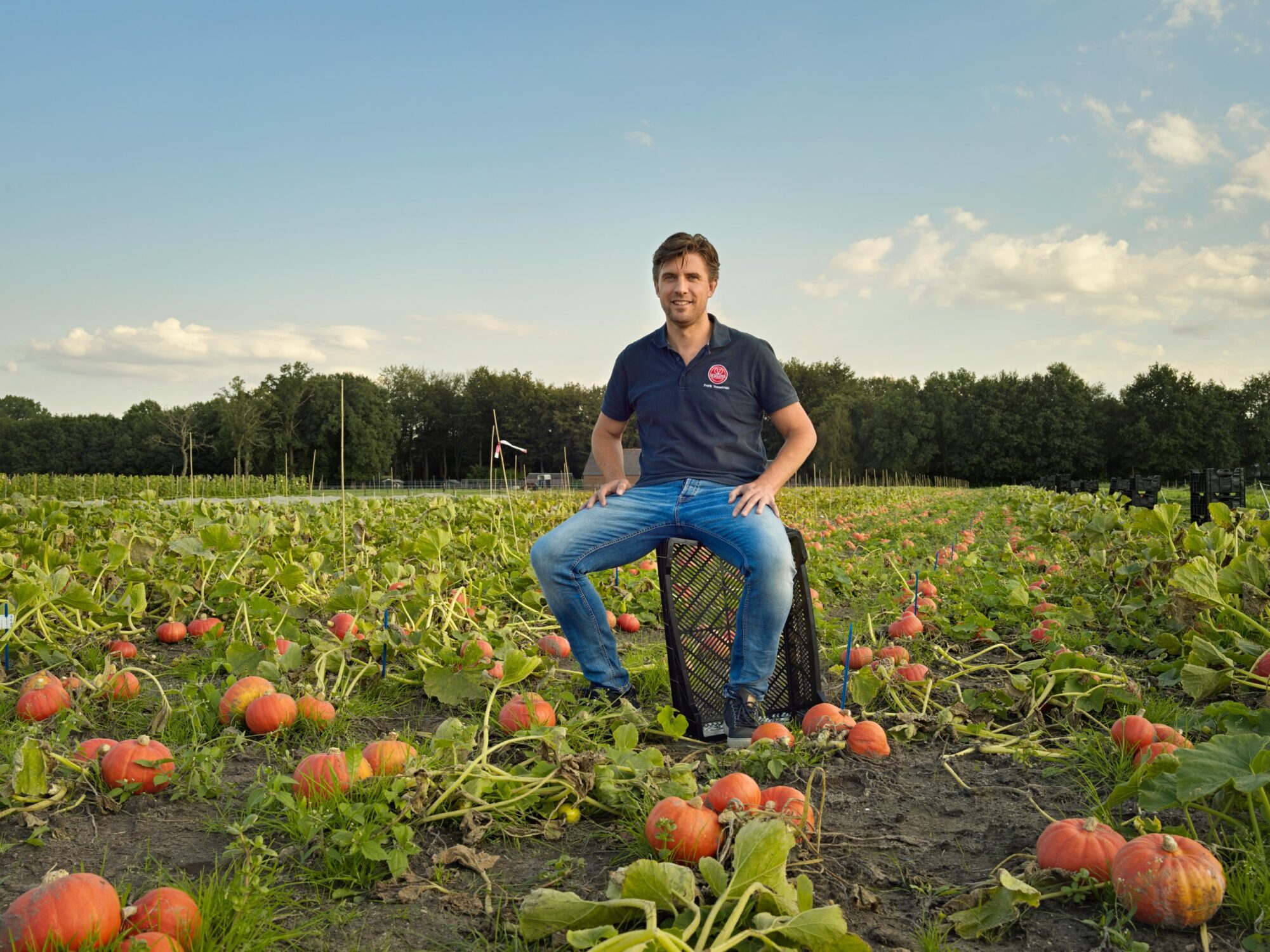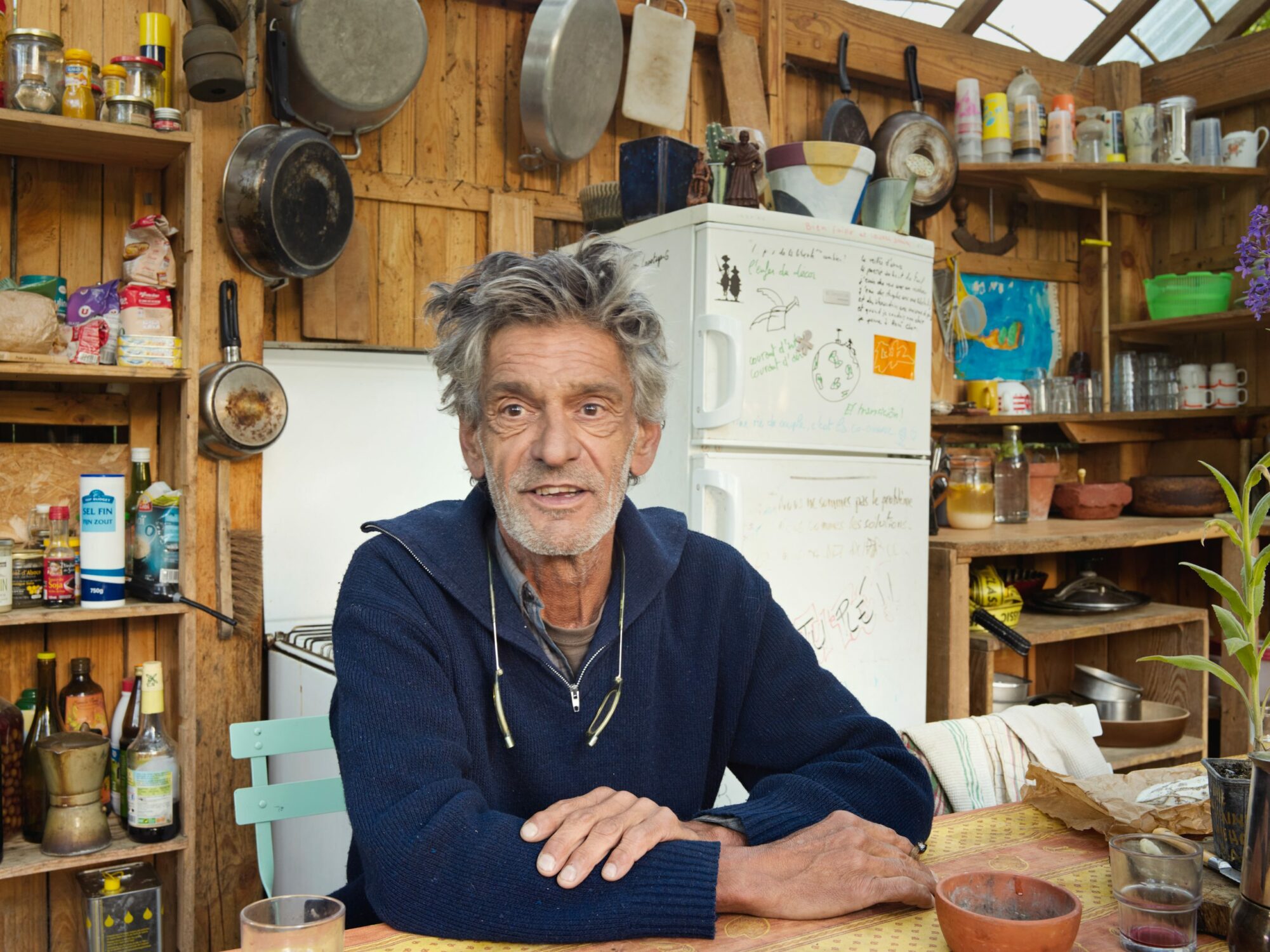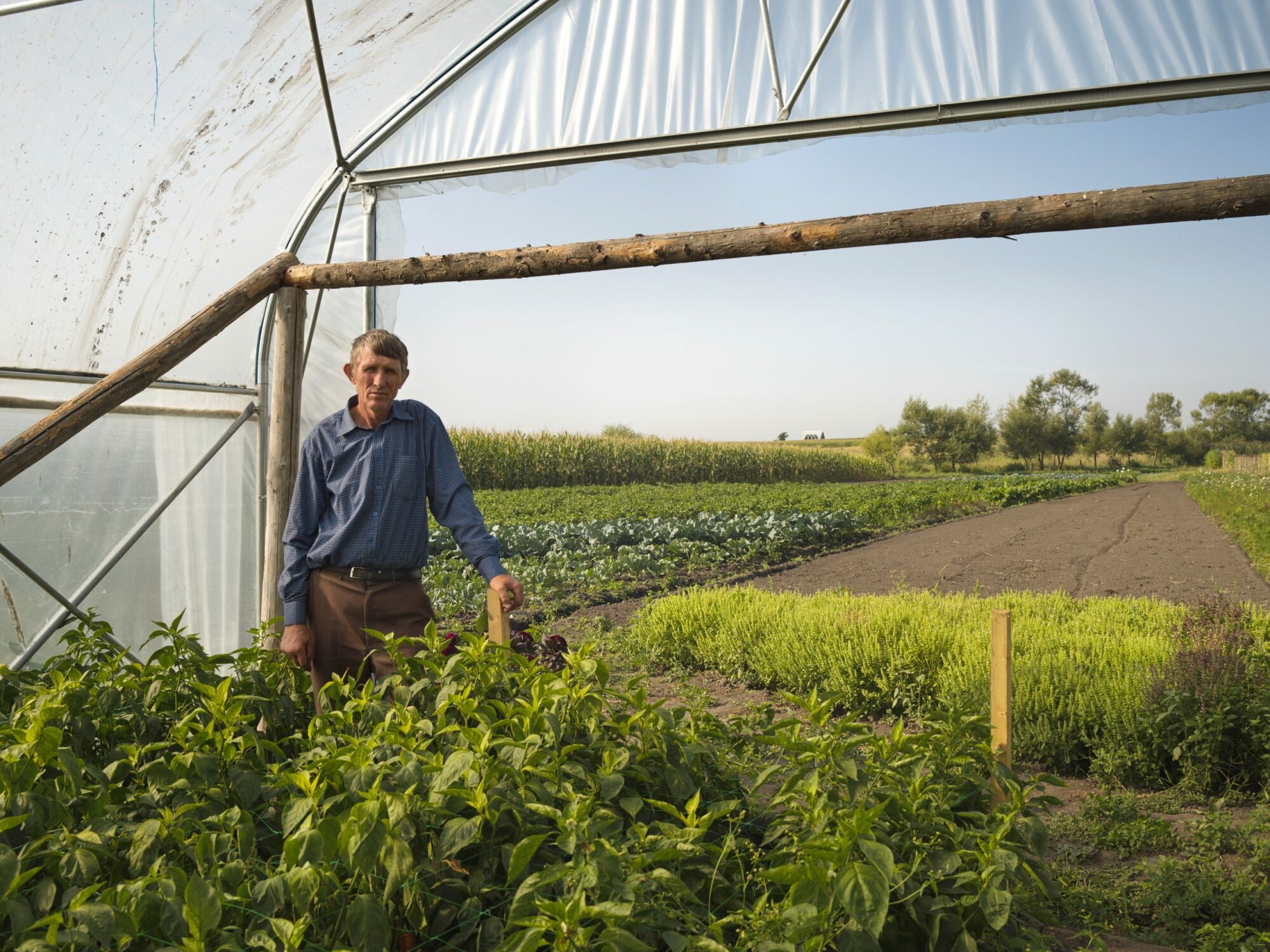
“No individual or multinational can take ownership of characteristics that simply occur in nature.”
Frank Vosselman
Epe, the Netherlands



Classic breeding
The noble art of seed breeding consists of observation, cross-pollination and selection. Observation leads to the identification of plants with desired characteristics (such as flavour, shape, colour, and resistance to disease and infestation).
Selected plants are crossed and seed is harvested from their offspring. Doing this for successive generations brings us closer, step by step, to varieties with the best characteristics. Robust, strong and productive varieties emerge that are eminently suitable for cultivation in organic conditions.
Breeding is a long-term process. It may well take eight to ten years to develop a new variety and the difficulty is that at the start you cannot know where you will arrive after years of crossbreeding.
“Every flower is pollinated by hand and then a fishnet stocking is put around it to prevent a bumblebee from crawling into the plant with its dirty butt and polluting the plant.”


“Everyone talks about biodiversity, but when you look at the world of the seed companies, something strange seems to be going on...
Biodiversity begins with the seed companies.
Worldwide around five companies control seventy per cent of the entire seed market. That isn’t diverse at all, that’s simply not a healthy situation for food security in the world. Far more small businesses ought to set up seed companies in order to ensure diversity. In practice, bigger companies often mean less diversity, with a smaller range of products.
Fewer and fewer varieties are being produced on a larger and larger scale. In future years that will simply be unsustainable, quite apart from the fact that the big seed companies have other priorities. If we want the organic sector to develop further in a sustainable way, then there will have to be more diversity when it comes to the seed companies.
...Worldwide around five companies control seventy per cent of the entire seed market. That isn’t diverse at all.”
Frank Vosselman
Epe, the Netherlands

The difference between hybrids and plants that breed true from seed
When seeds are sown that were harvested from a plant that breeds true from seed, they will produce offspring almost identical to the parent plant. Such varieties are therefore easy to reproduce. If two different plants that breed true are crossed, the seed harvested will be a hybrid variety.
In other words, to make a hybrid, two parental lines are required.
Such cross-pollination can sometimes happen in the natural world. The advantages of deliberate cross-pollination are that the desirable characteristics of two plants can be combined.
Plants that breed true from seed are entirely suitable for some crops, whereas for others hybrid varieties are needed if the desired plant characteristics are to be combined.
It starts with Seeds
Biodiversity starts with Seed Cultivation


